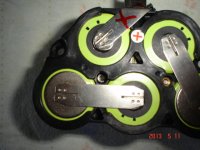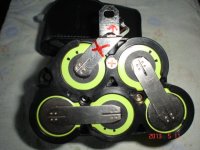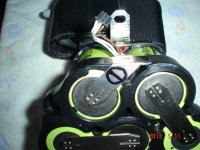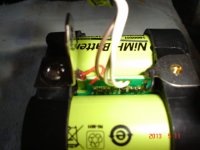BVH said:
There was a statement in the original owners manual about the "system" having to "learn" by going through a few charge and discharge cycles when brand new in order for the Fuel Gauge to read accurately. I was looking to see if anyone had that exact statement from their manual.
I'm thinking the system shut down on my first ride while 3.5 bars were showing because during the 6 months of non-use, I topped off the Nimh pack a time or two with no discharge by use.
Here is what I could find:
"The SOC gauge will automatically calibrate itself over time to ensure it is accurate throughout the life of the battery (i.e. throughout the battery life a full SOC gauge will be shown when the battery is fully charged, even though the capacity will gradually become less than when the battery was new)."
and
"Whenever possible it is recommended that you perform one complete 'charge and discharge' cycle to auto-calibrate the fuel gauging system frequently. For definition of complete 'charge and discharge' cycle please refer to the E+ Battery Care Guide."
Both quotes are from the Battery Care Guide, and I could not find a definition of complete 'charge and discharge' cycle. My understanding, which I think I got from Ric, is that this means running the bike until LVCO occurs, then giving it a full charge.
Here is a question I have for otheres: Do you leave the Display/Controller connected when you are charging? I had problems with mine going into errors when I did this, so I got into the habit of disconnecting the display when charging. Now I am having problems with both of 2 batteries getting a full charge. I'm wondering if there is any relationship.







